- Home
- >
- Preservation Archaeology Blog
- >
- Continued Preliminary Research on the Ray Robinson...
Jaye Smith, Team Lead, Robinson Collection Project, Archaeology Southwest
Jeffery Clark, Preservation Archaeologist, Archaeology Southwest
Joyce Clarke, Mary Graham, and Phil Hunger, Volunteer Researchers, Archaeology Southwest
(January 17, 2023)—The Robinson Collection Project was started in the Fall of 2018 as a joint collaboration among Archaeology Southwest, Northern Arizona University, and the Arizona State Museum (ASM) Repository at the University of Arizona. The project could not achieve what it does without the passion, dedication, and support of our volunteer researchers.
After a hiatus of 519 days due to COVID-19, our team returned to work at the Archaeology Southwest Lab in August 2021, when we resumed our documentation of Robinson Collection funerary and perishable artifacts housed in the ASM Repository in October 2021. For the 2021–2022 lab sessions, we restructured the program to include six volunteers, working two days per week at the ASM Repository and the Archaeology Southwest lab. It is so good to be back.
The overall collection covers several artifact classes, with a predominance of ceramics, ground stone objects, and lithics, with the vast majority of these being from non-funerary contexts. After the aforementioned delay, we are pleased to report that our documentation of the objects and sites represented in the Robinson assemblage now includes all funerary and perishable objects. As of this report, the team has documented more than 400 perishable objects from the collection.
Our team continues to prepare the collection from “garage storage” condition to repository-ready, as well as documenting and conducting preliminary analysis of the artifacts in the collection. This includes developing a comprehensive database of all artifacts processed that the ASM repository can use for inventory and future research needs. The team started their documentation and preliminary analysis with the Cork Site in the Safford Basin of southeastern Arizona. Our focus then progressed to the nearby Elmer’s Farm site and the adjacent Layton Field Site.
For the 2023 SAA Annual Meeting in Portland, we will be presenting our preliminary documentation and artifact analysis for four sites in the northern San Pedro Valley region of southeastern Arizona during the session “Education, Ethics, and Endless Shelves: Studies in Archaeological Collections, Curation, and Museums Part II.”
Raymond F. Robinson (1914–2016)
Ray Robinson received his bachelor’s degree at Union College in Schenectady, NY, and completed his graduate work at McGill and Harvard. After working for several large mining exploration firms, Ray opened his own geological consulting business in 1969, retiring in 2005. Ray did the majority of his investigations of archaeological sites on private land during the 1950s and 1960s in southeastern Arizona, focusing on threatened sites in the Safford Basin. Although he received some support from the professionals of that era—most notably Emil Haury of the University of Arizona—most of the investigations he undertook were independently directed.
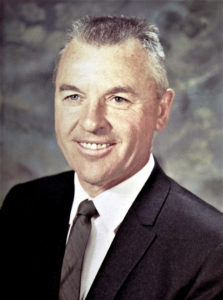
Ray’s passion to save what he could of the eastern Arizona archaeological record from the hooves of cattle and blades of tillers is evidenced not only by complete artifact assemblages, but also by his journals, notes, and detailed maps. Several times Ray attempted to share information about important sites and artifacts with professionals, but he had trouble finding an audience that shared his excitement, especially in regard to the archaeology of the Safford Basin. Before his death, Ray focused on finding a permanent home for the artifact assemblage and shared his knowledge and experience of more than six decades in the area with Chris Downum (Northern Arizona University). As a result, through the efforts of Northern Arizona University and Archaeology Southwest, the Arizona State Museum became the permanent home for the Robinson collection.
The Perishable Collection
After the perishables were received by Northern Arizona University, they were carefully re-packaged for their journey to Tucson. Upon arrival—and after a required stint in a deep freezer to kill off any insects—the assemblage was rehoused in the closed cabinets and curation-standard storage boxes at ASM’s Repository.
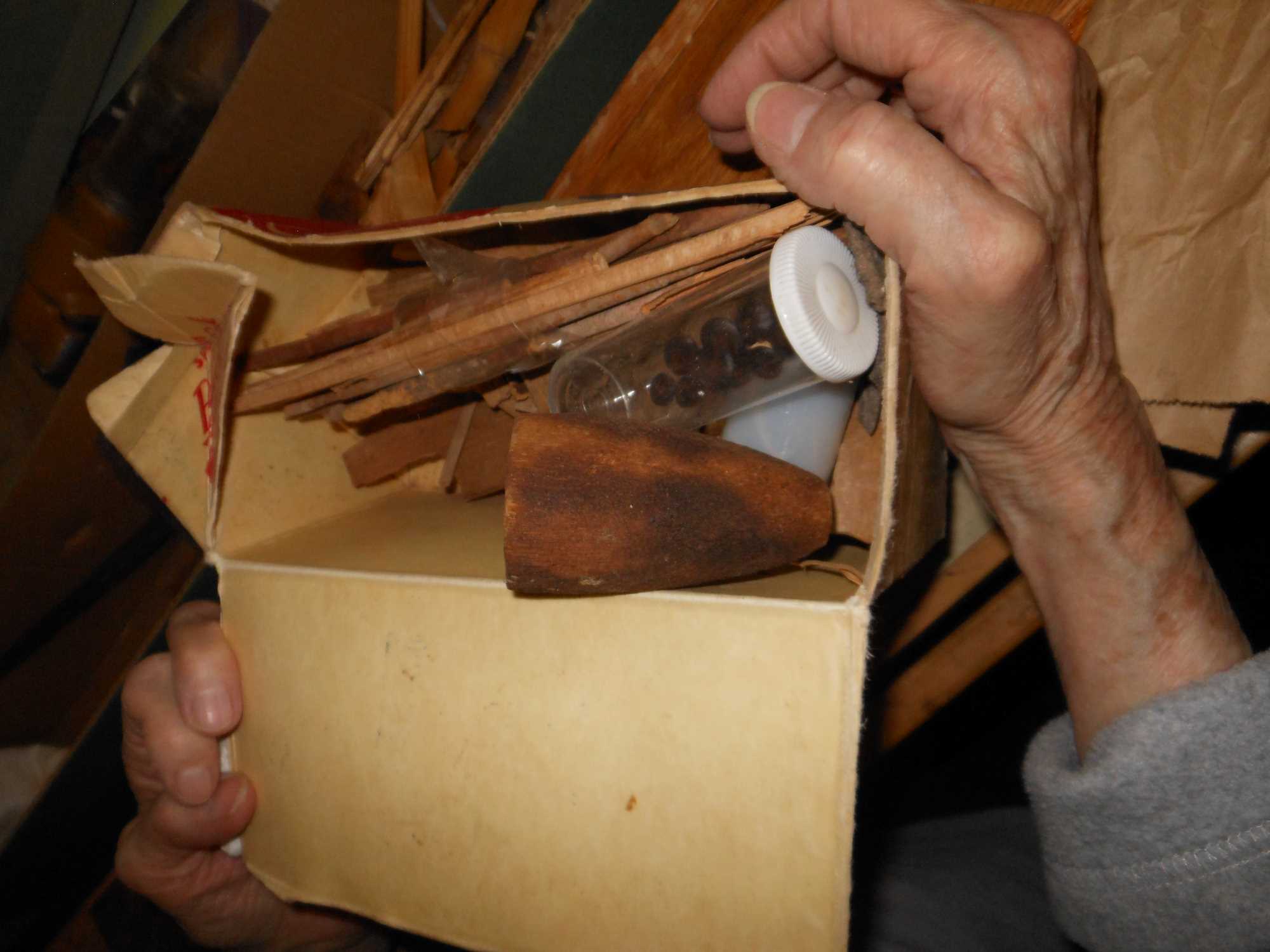
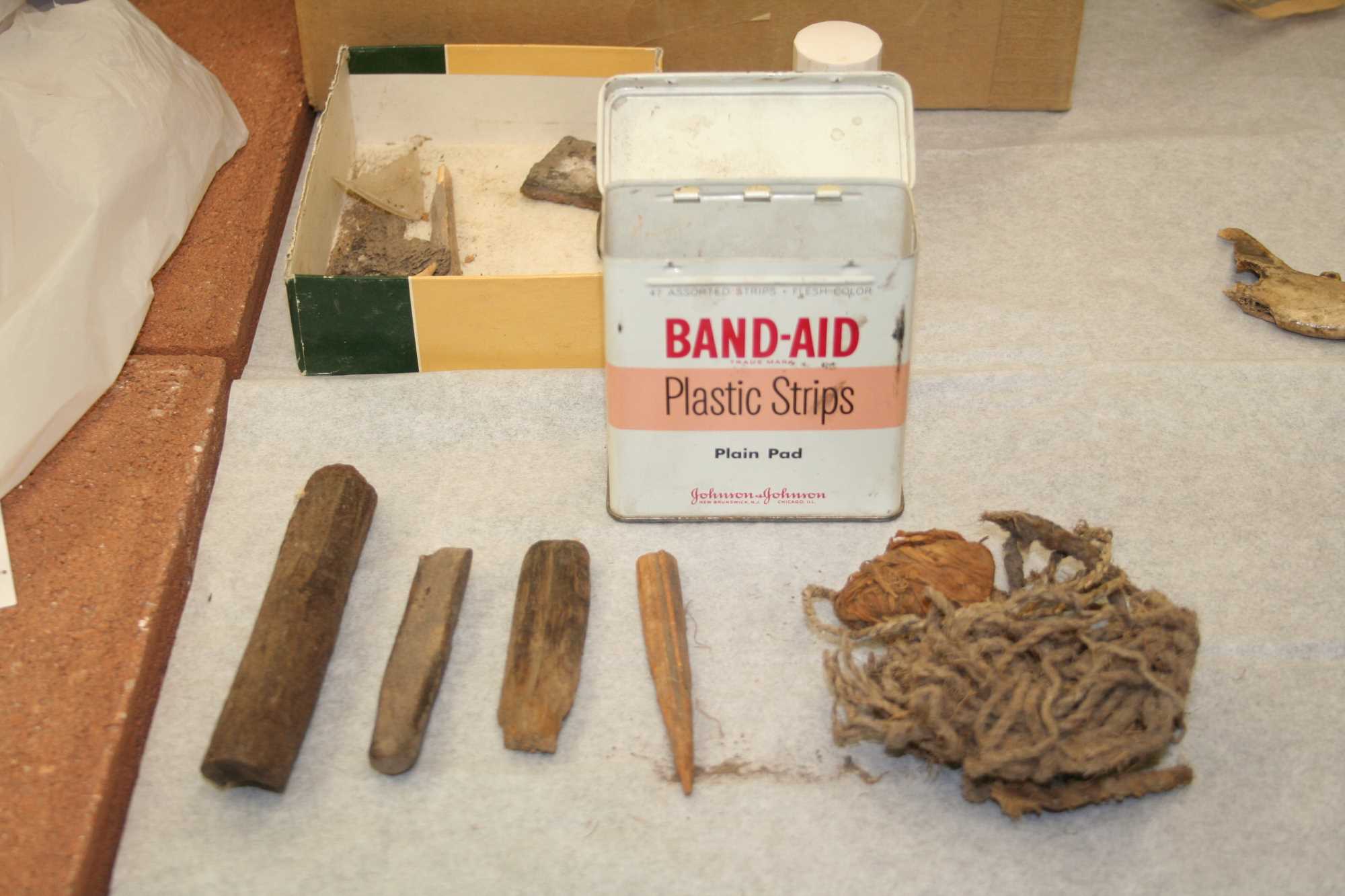
It is there that our team did the majority of its perishable documentation work under the guidance of Kathryn MacFarland and Katherine Dungan. Adding the expert photography of Lance K. Trask to the preliminary documentation produced a complete inventory record of the perishable assemblage. Included are a variety of sandals, cordage, basketry and woven fragments, dart and shaft fragments, quids (bundles of chewed plant fiber), and a variety of worked wooden objects. Early site recording cards prepared by others indicate that most of the cave and rock shelter sites Ray investigated on private lands had already been impacted by collecting prior to his arrival.
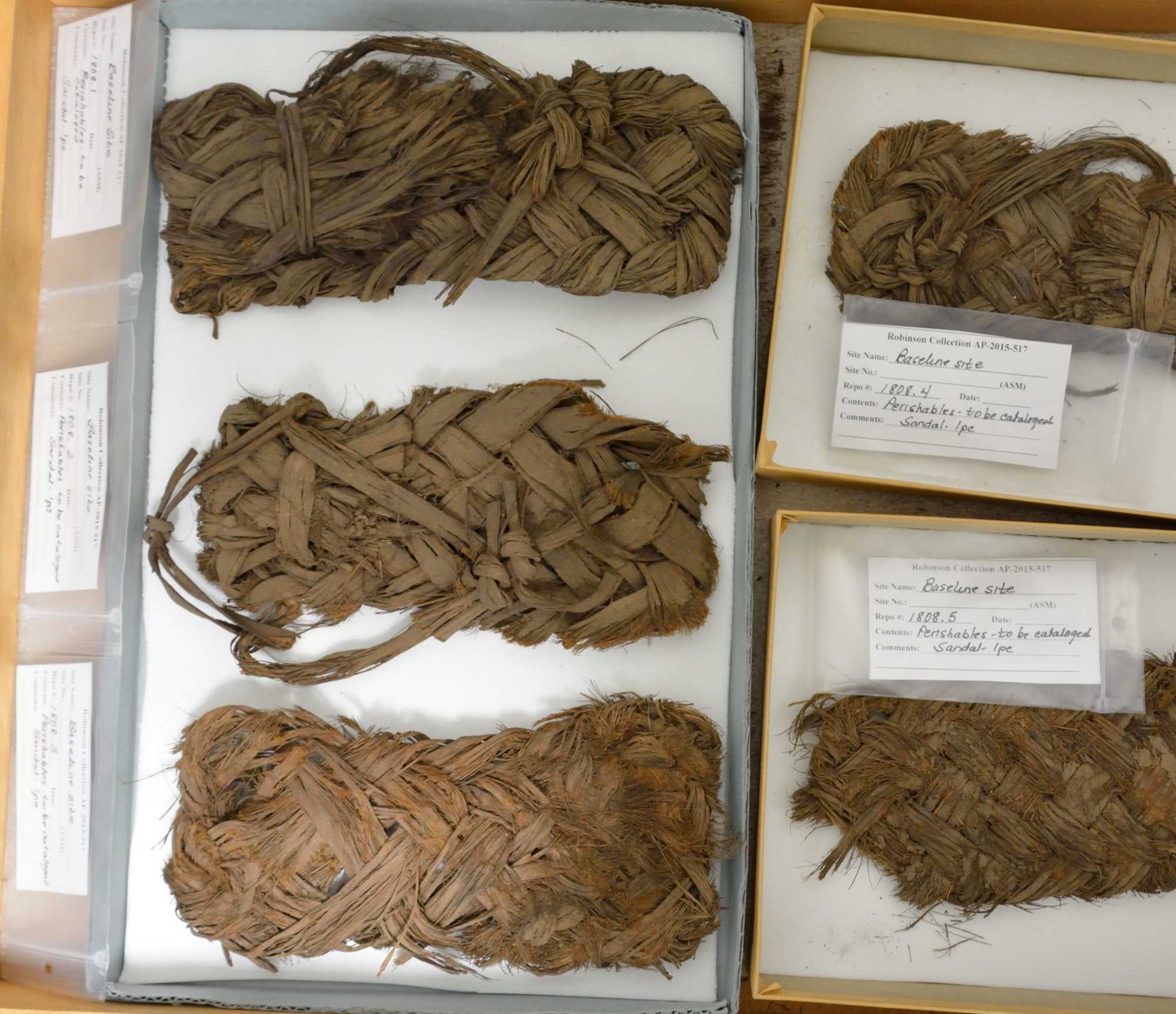
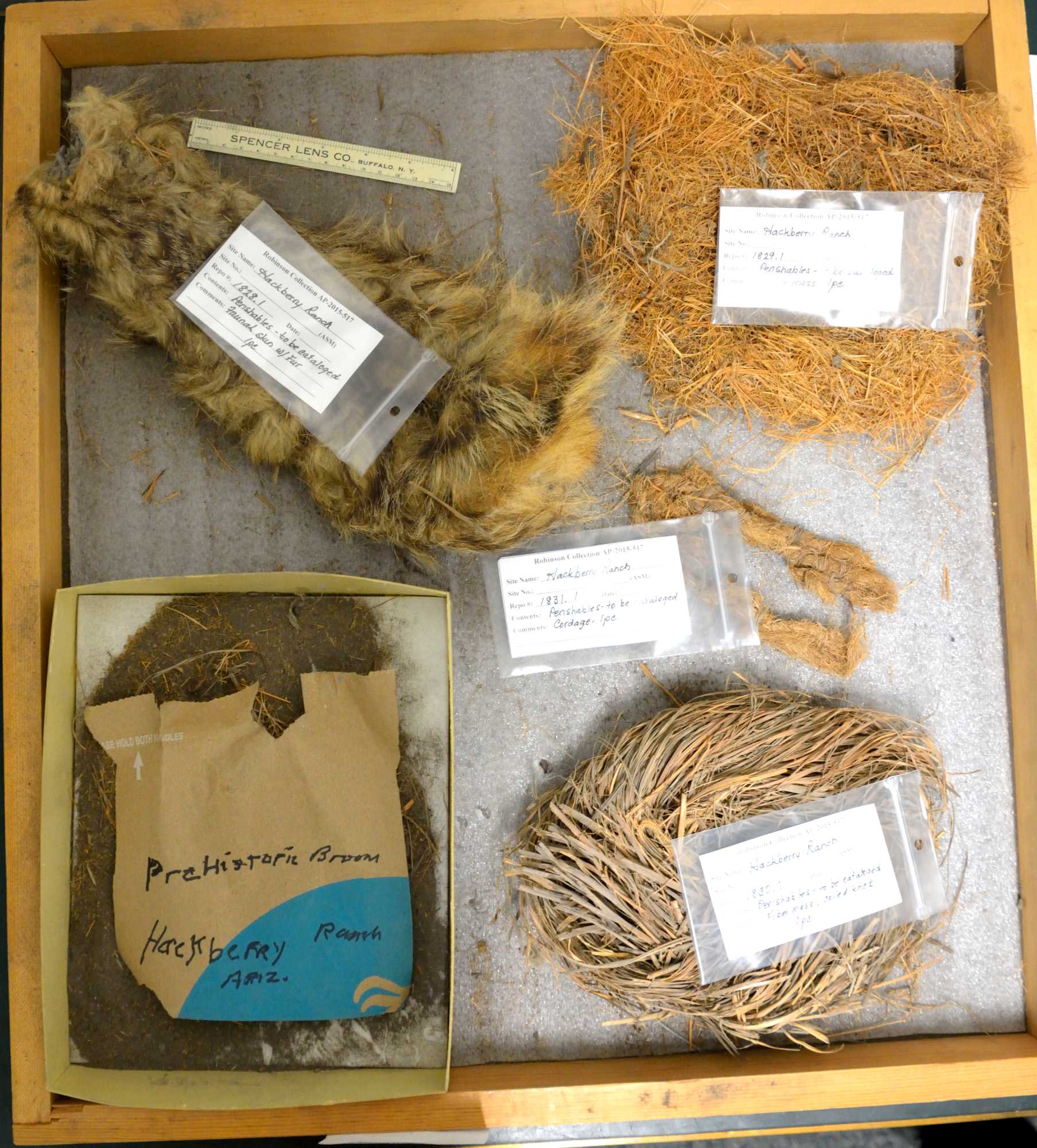
Looking Forward
The Robinson Project Team looks forward to presenting its preliminary documentation on the perishable assemblage from three southeastern Arizona sites during the 2025 SAA Annual Meeting. Additional preliminary perishable documentation on other sites will be reported as we progress with the overall collection. As we always say at the end of all our presentations: There is so much more to come—stay tuned!
Acknowledgments
2022 Robinson Project Team: Joyce Clarke, Mary Graham, Phillip Hunger, Valerie Freireich-Kaplan, Harlow Sires, and Elizabeth Burt
Photographer: Lance K. Trask
Archaeology Southwest: Sara Anderson
Northern Arizona University: Kelley Hays-Gilpin and Chris Downum
Arizona State Museum: Kathryn MacFarland and Katherine Dungan
Smith Living Trust in memory of William T. Lawrence
Explore the News
Related to This
-
Post Fifteen Pipes